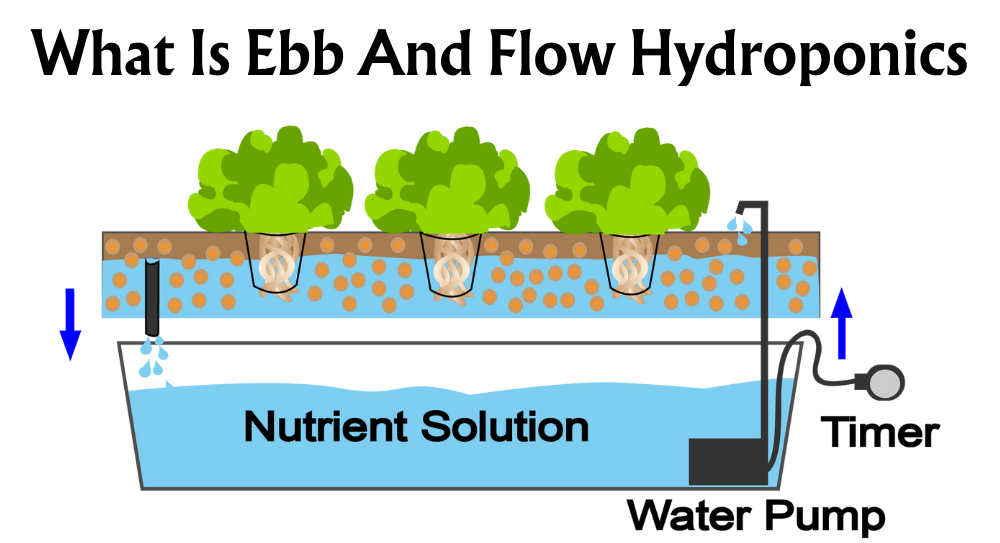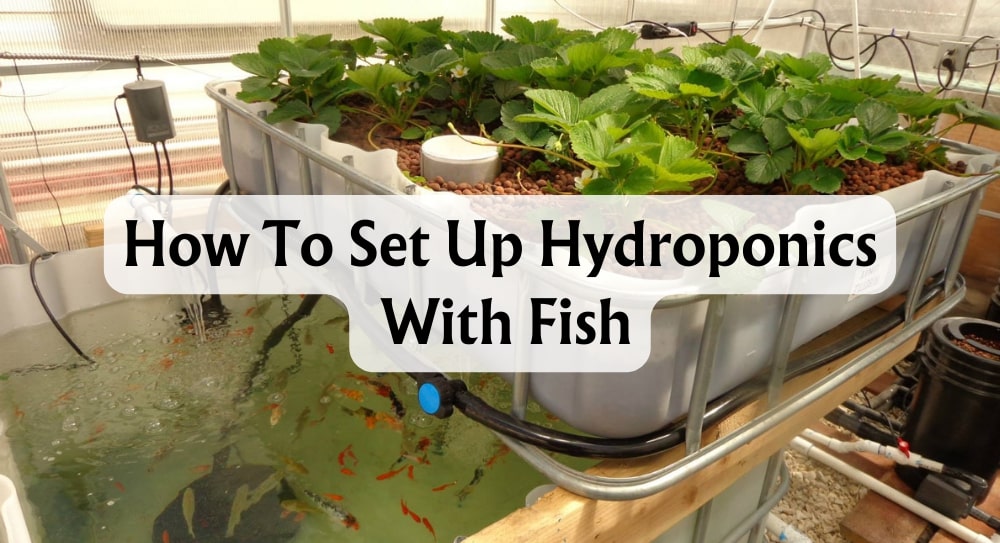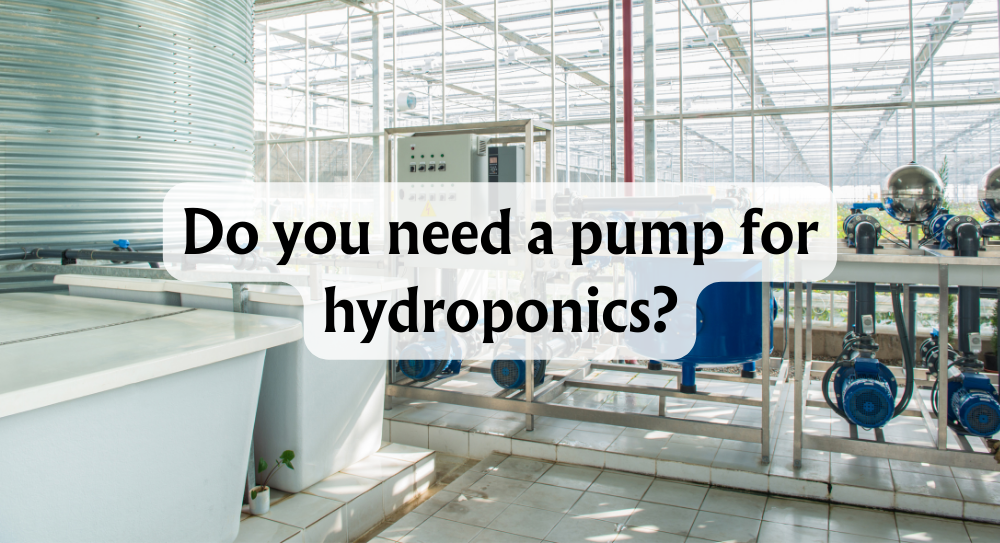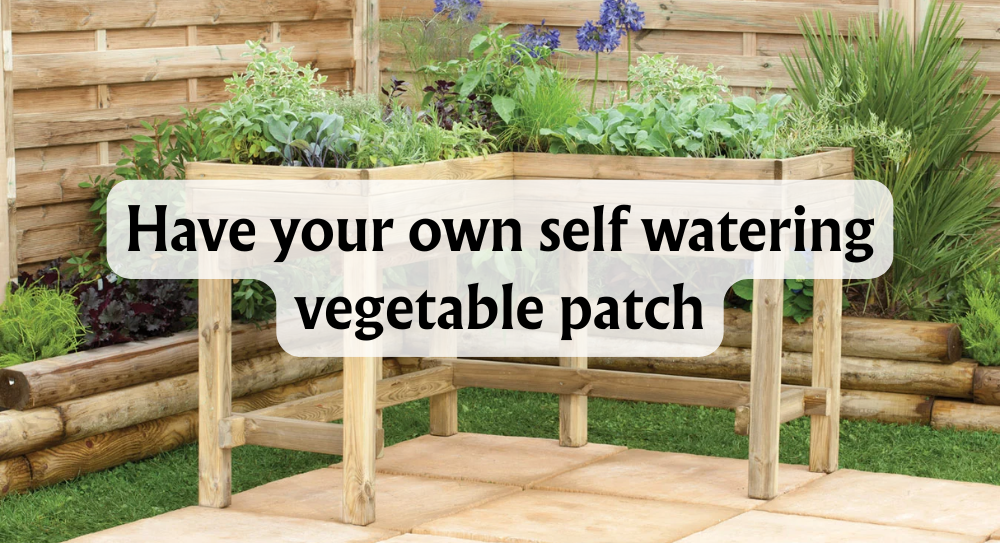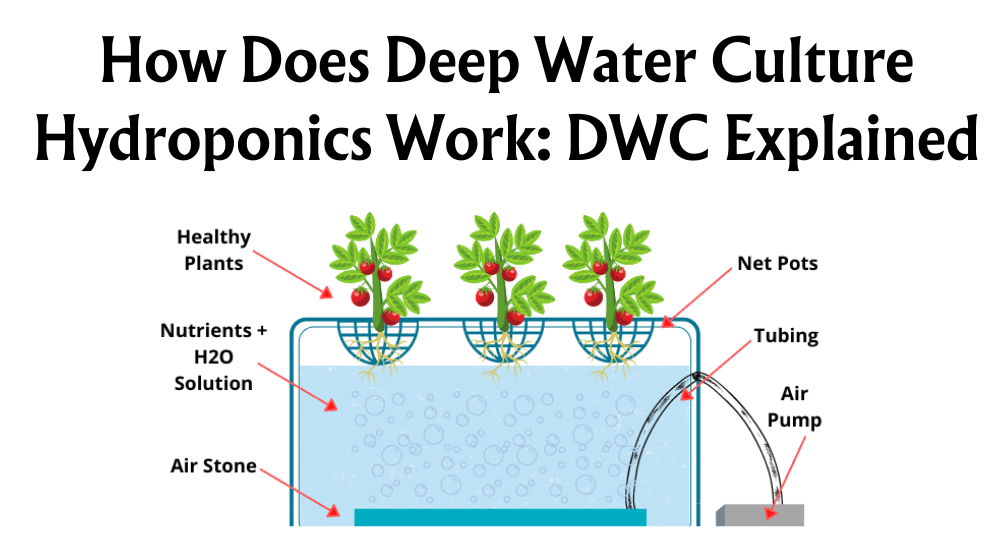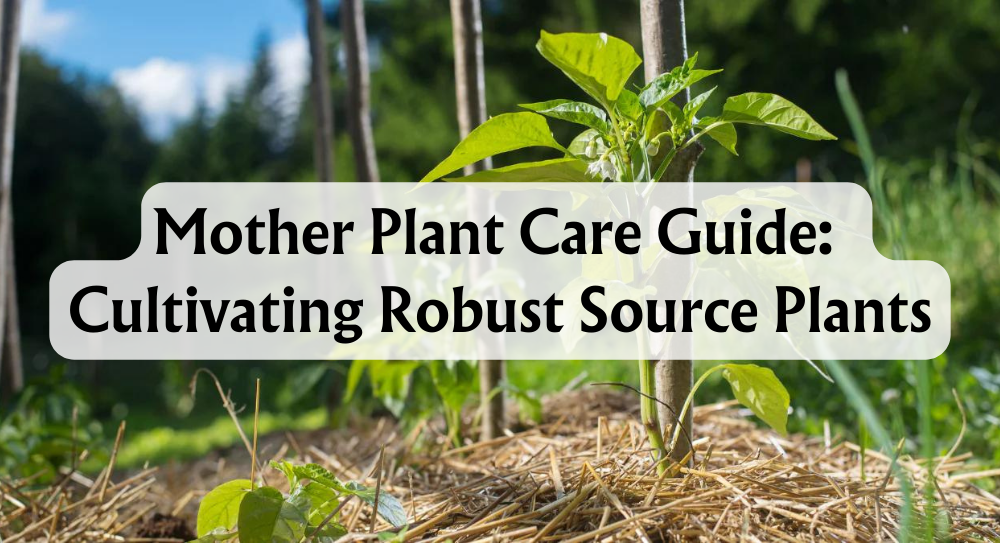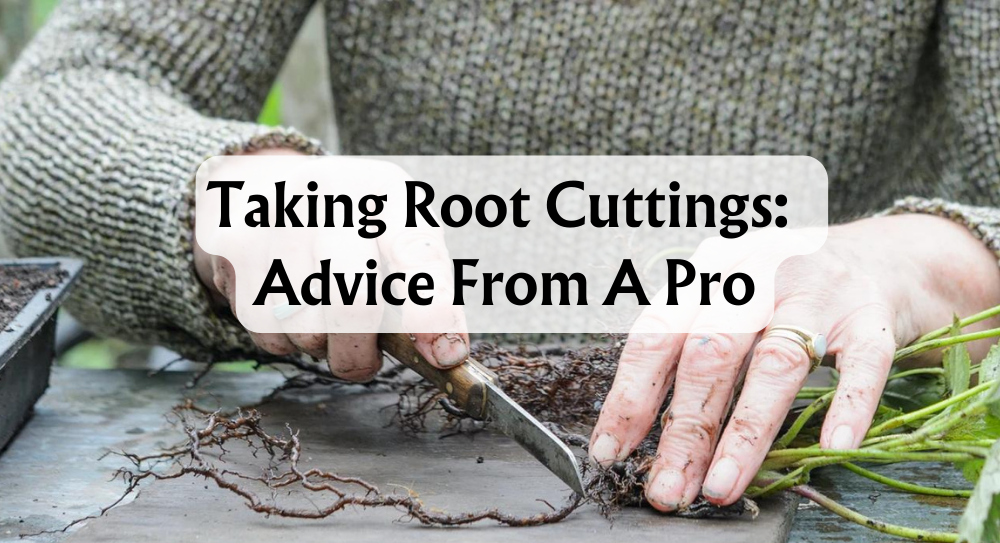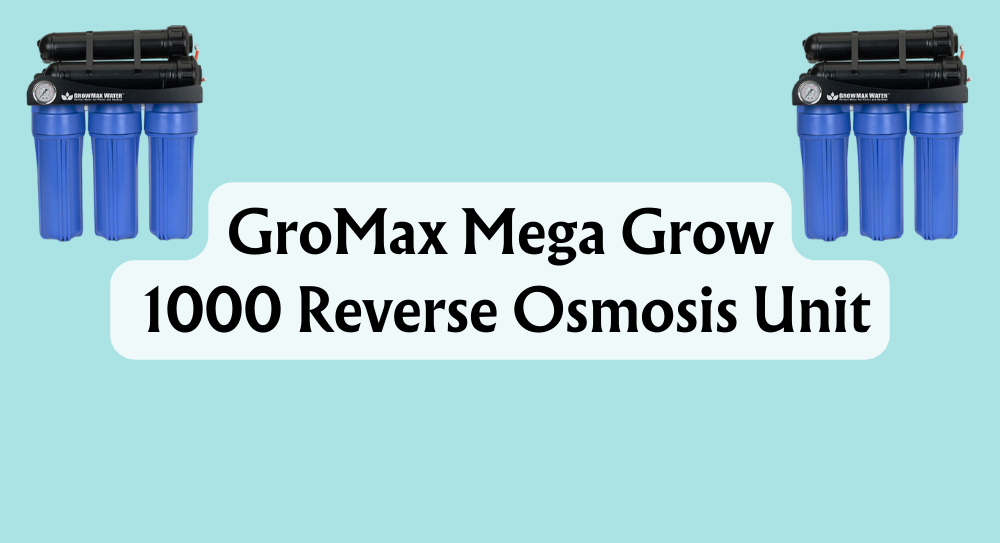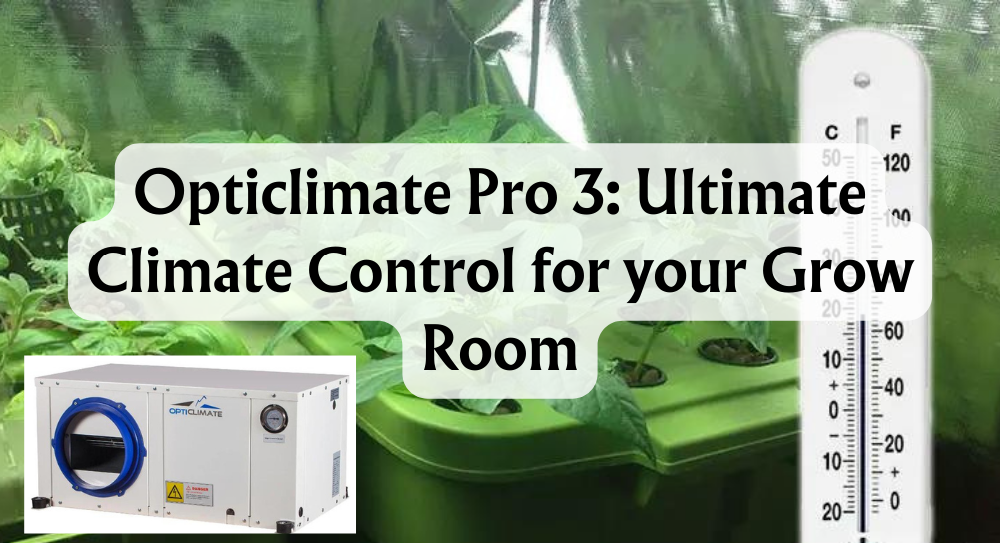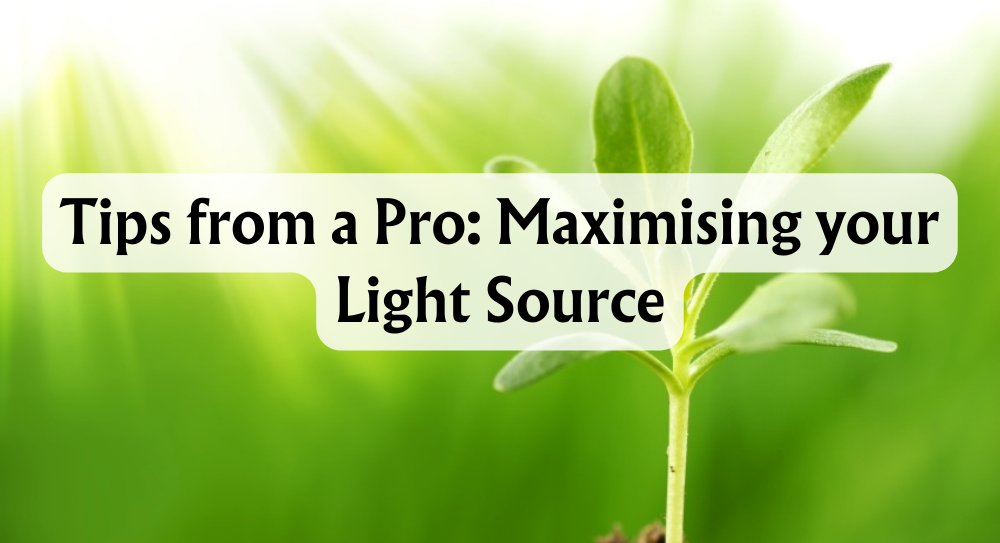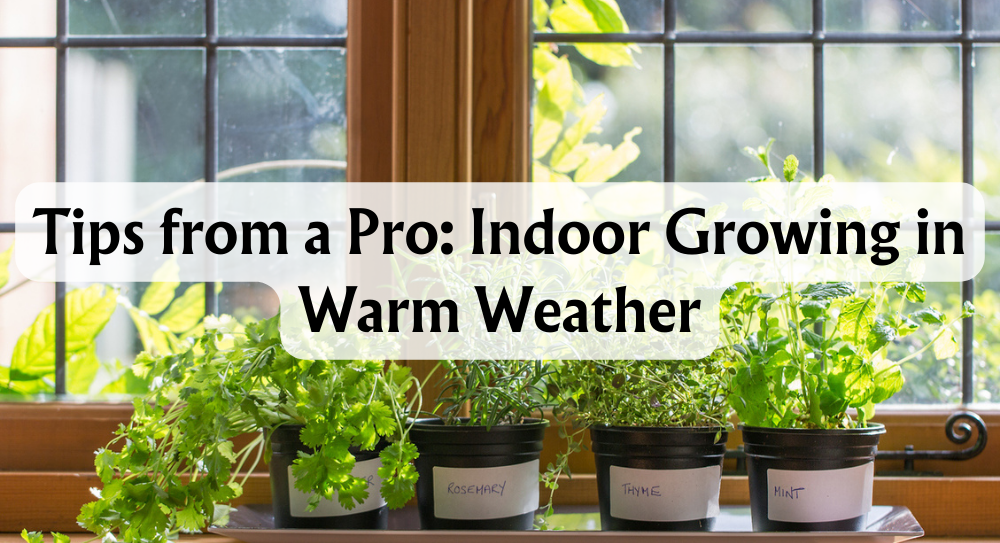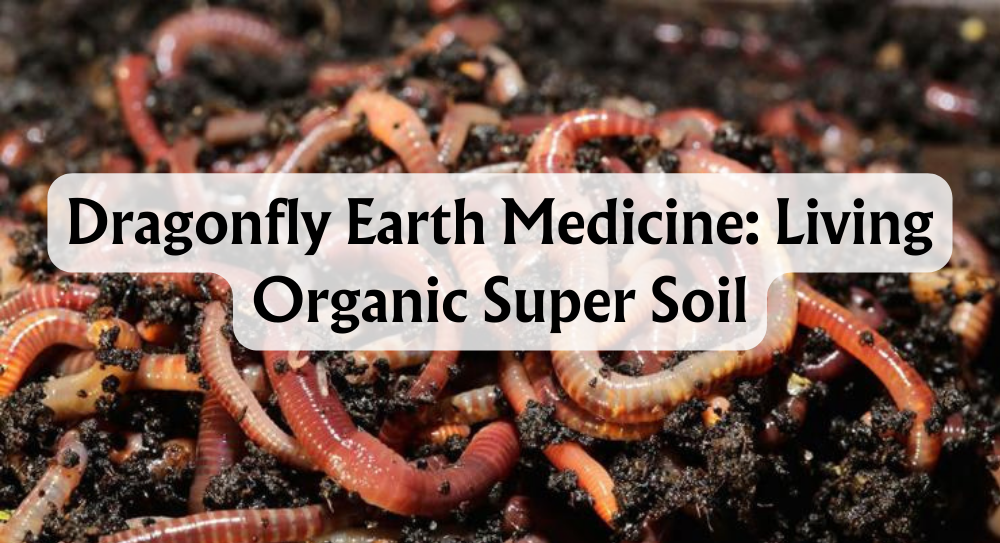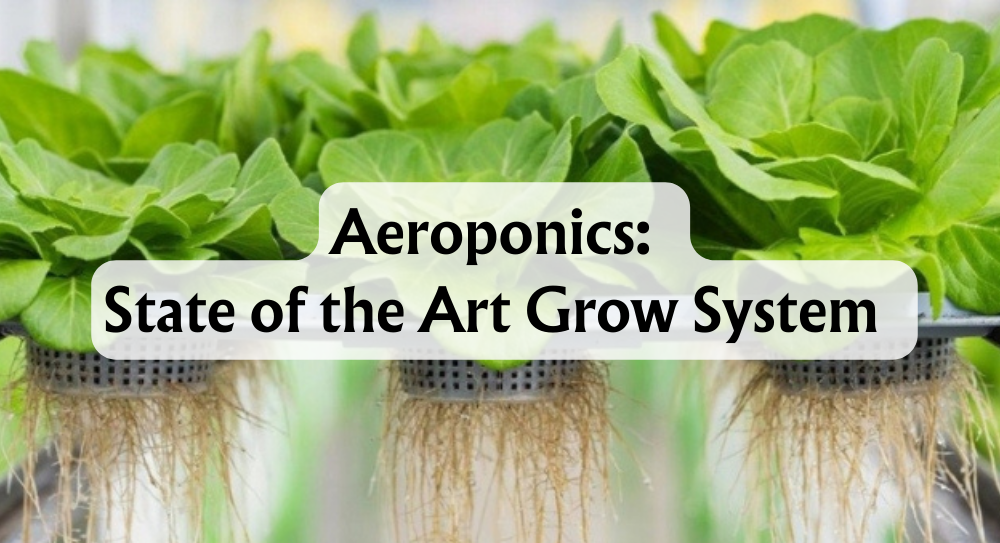What is Ebb and Flow Hydroponics?
Imagine a garden where plants thrive without a speck of soil in sight – welcome to the world of hydroponics. Hydroponics turns traditional gardening on its head by using nutrient-rich water solutions to grow plants efficiently in space-saving setups, liberating them from soil dependency and even allowing for indoor cultivation.
In this intriguing realm, "ebb and flow hydroponics" stands out as an innovative framework for plant growth. Rooted in a simple yet ingenious mechanism, it mimics nature's rhythm by periodically flooding the root system with nutrient solution and then letting it drain away. This not only delivers vital nutrients to the plants but also ensures that their roots are well-oxygenated. Ebb and flow systems are popular for their adaptability, suiting a variety of plants and environments.
Our journey will explore how an ebb and flow hydroponic system works, its benefits and challenges, methods for creating your own setup, the most suitable growing media, and the types of crops that flourish within it.
Key Takeaways
- Ebb and flow hydroponics is a soilless growing technique that utilises a flood and drain approach.
- It offers efficiency in water and nutrient usage, making it beneficial for various plant types.
- This system requires understanding its operation, suitable growing media, and the proper crops for optimal success.
What Is Ebb and Flow Hydroponics?
So you're a keen grower who wants a garden without the traditional blanket of soil. Let's talk about ebb and flow hydroponics, also known as flood and drain hydroponics. It's a rather clever system that mimics nature's own rhythm of rain and dry spells.
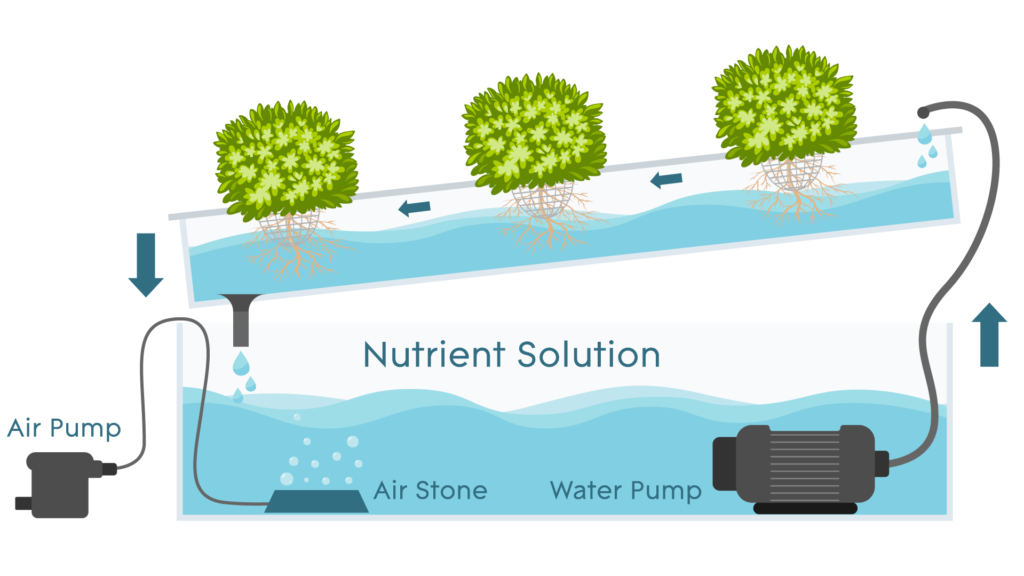
In ebb and flow systems, we grow plants in a tray or container filled with a growing medium—this could be clay pellets, rockwool, or even gravel. The magic happens when a pump and a timer take centre stage, controlling the periodic flooding of the plant roots with a nutrient solution. Then, by the reliable force of gravity, the solution drains back into a reservoir, ready for the next cycle.
Here's a quick rundown of the process:
- Flooding: Nutrient solution is pumped into the grow tray to soak the roots.
- Draining: Excess water drains back, pulling in oxygen critical for root health.
It's a game-changer for gardeners seeking a diverse range of plants. Lettuce, spinach, tomatoes and peppers thrive in these setups. Plus, we love the system's flexibility. You can tailor it to fit your space, whether it's a small indoor area or a larger greenhouse.
Some benefits that we can't ignore include:
- Ease of use: Once set up, it's almost a hands-off affair.
- Plant health: Good aeration promotes robust root systems.
- Customisation: It's adaptable to a vast array of plant types and sizes.
So, whether you're a green-thumbed enthusiast or a beginner looking to start your gardening journey, ebb and flow hydroponics could be just the ticket for us to cultivate lush, healthy plants with a nod to Mother Nature's ebb and flow.
How Does Ebb and Flow Hydroponics Work
Let's dive into the inner workings of an ebb and flow hydroponic growing, where perfect timing meets precision to bring about lush plant growth.
Key Components
In the heart of an ebb and flow setup, we find several key players. We've got:
- Reservoir: This is where we store our nutrient-rich water solution.
- Grow Tray: Here's where our plants actually live and grow.
- Pump: This little gadget is responsible for moving water from the reservoir to the grow tray.
- Timer: It's all about perfect timing, and this device ensures our system operates like clockwork.
- Tubing: Consider this the plumbing; it's what connects everything and lets the water flow.
- Growing Medium: No soil here! Instead, we use substrates like clay pebbles or rockwool.
These components work in harmony to support plant growth, controlling the delivery, exposure, and drainage of nutrient solutions in a cycle that mimics natural processes.
The Flooding Cycle
So, how do we get the water to the plants? Here's the rundown:
- Start of Cycle: Our trusty timer kicks off the flooding cycle.
- Pump Activation: Engages to flood the grow tray with our water from the reservoir.
- Even Distribution: The nutrient solution is spread evenly across the tray, ensuring every plant gets a sip.
We keep a keen eye on the duration of the flooding to give our plants just enough to drink without overdoing it.
Drainage and Oxygenation
After the feast comes the fast. Here's what happens next:
- Gravity: Our unsung hero. It helps drain the excess nutrient solution back into the reservoir.
- Oxygen Boost: With the water gone, our plants' roots get a lovely gulp of oxygen, vital for growth.
- Rest Period: Plants chill out between floods, which is crucial for preventing root rot and keeping them healthy.
These cycles of wet and dry stimulate robust root systems and prevent the risk of waterborne diseases. Plus, every time the water drains, it pulls fresh oxygen around the roots, which is like a breath of fresh air for our green friends.
Advantages of Ebb and Flow Hydroponics
An ebb and flow system works to give the perfect balance of nutrients, oxygen, and hydration without constant fuss. Let's dive into the perks of this versatile system that we've come to love.
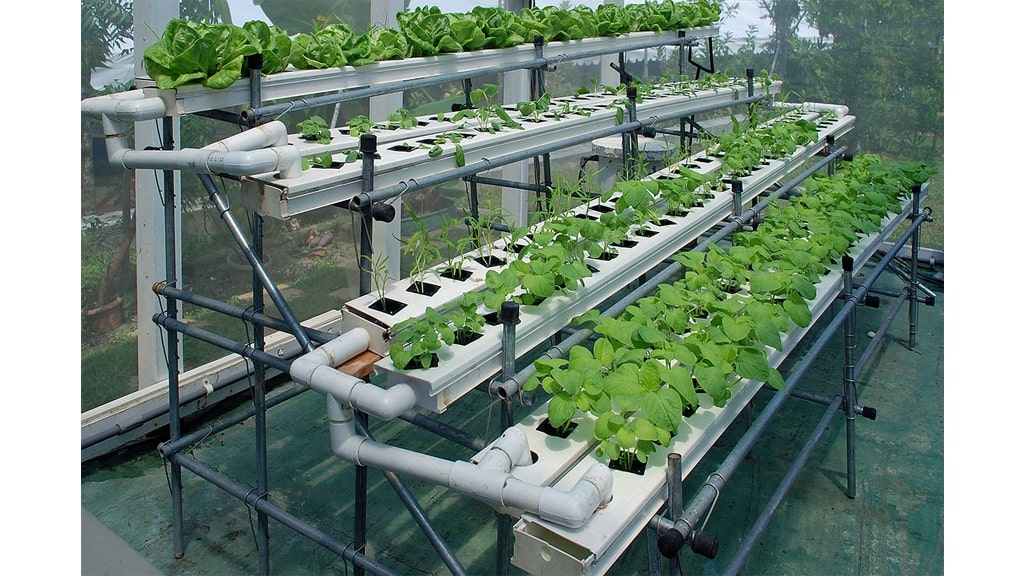
Firstly, we're talking about flexibility. Whatever the plant, whatever the size, ebb and flow has got your back. It's like the Swiss Army knife of hydroponics, adaptable to a variety of plants, and even better, it grows with our gardens. Planning to expand? No problem. This system can be adjusted and increased in scale to match our ambitions.
This system plays well with all manner of accessories, be it snazzy lights or nifty automation. It's like having a personal tailor for your plants, ensuring they get exactly what they need, how they need it.
And we can't talk about ebb and flow without mentioning balance. It's all about giving the plants just the right amount of good stuff – water, oxygen, nutrients – and then, importantly, a moment to catch their breath. This clever on-off technique helps to prevent soggy roots and keeps those nasty fungi at bay.
Here's a snapshot of the advantages:
- Flexibility: Suited for various plant types and sizes, easily modifiable
- Customisability: Compatible with a wide range of hydroponic accessories
- Balance: Optimal oxygenation and nutrient delivery, with controlled drying periods to prevent overwatering
There you have it — a succinct look at the beauty of ebb and flow hydroponics. It's a blend of science and convenience that brightens our green thumbs and our plants' lives.
Disadvantages of Ebb and Flow Hydroponics
When we talk about this type of system, it's not all sunshine and rainbows. Let's dig into some of the cons of ebb and flow that might make you think twice before jumping on board.
First off, setting up can hit our wallets hard. There's a real cost to get started with the equipment and materials and trust us, it's not just a couple of quid. From purchasing trays to pumps and grow mediums, the initial investment isn't exactly pocket change, and that's before factoring in the electricity bills.
Speaking of electricity, our systems tend to develop quite a dependency on it. Power cuts? We're out of luck. If the timer, pump, or anything in the tubing system decides to take a day off, our plants could be waving the white flag. This reliance on electronic components isn't just a vulnerability; it's a true Achilles heel that could halt the whole operation.
And, it doesn't end there. We've got to be quite choosy with the plants we grow. Not every green thumb's dream can handle the ebb and flow rhythm, limiting us to those with low to medium water and nutrient needs. While we're at it, let's talk about upkeep. Just like any other system, maintenance isn't optional. Unclogging pipes, dealing with algae build-up, and patching up leaks are all in a day's work.
Worse yet, if we're not careful with controlling the environment, our plants could end up with root rot from too much water or an imbalanced nutrient supply. Not to mention, if water isn't replaced regularly, it can evaporate, and who's left with less-than-happy plants? That's right, we are.
All in all, while ebb and flow systems are quite the clever contraption, they are far from foolproof. Understanding these challenges can help us prep better and hopefully avoid any plant pandemonium.
How to Make Ebb and Flow Hydroponics
Embarking on the creation of an ebb and flow hydroponics system can be a thrilling project for any gardening enthusiast. We'll need to gather a handful of specific components and follow some straightforward assembly steps to get our system up and running.
Choosing the Right Components
To start, selecting the right components is vital to create an efficient ebb and flow hydroponics system. Here's what we'll need:
- Reservoir: This could be a sturdy bucket, tub, or even a repurposed bottle.
- Pump: A submersible pump is a popular choice for these systems.
- Timer: Either digital or mechanical, to control the pump cycles.
- Tubing System: PVC pipes, vinyl tubes, or drip lines will transport the water.
- Flood Tray: A solid plastic bin, wooden box, or metal pan will suffice.
- Growing Medium: Consider rockwool, coco coir, perlite, or clay pebbles.
- Nutrient Solution: Opt for a hydroponic fertilizer or create your own mix.
- Tools: We'll need a drill, scissors, a ruler, and a marker for installation.
Assembly Instructions
Time to put it all together! Let's follow these steps:
- Measure and mark where the tubing and drainage holes will go on both the reservoir and the flood tray.
- Drill the holes in the reservoir and the flood tray as marked.
- Using scissors, cut the tubing to the needed length.
- Connect the tubing from the pump to the flood tray and then into the reservoir.
- Fill the flood tray with our chosen growing medium.
- Plant your seeds or seedlings into the growing medium.
- Pour the nutrient solution into the reservoir.
- Finally, hook up the pump to the timer, set it to flood and drain at the intervals we prefer, and let the system do its job.
System Maintenance
To ensure our system functions properly, regular maintenance is crucial. We'll want to:
- Check the pH and nutrient levels in the water regularly, adjusting as necessary to maintain optimal growing conditions.
- Inspect the tubing and pumps for clogs or wear and tear, and clean or replace as needed.
- Clean the flood tray between crops to prevent any disease build-up.
By following these tips and keeping an eye on the workings of our system, our ebb and flow hydroponics set-up should thrive, yielding healthy, fast-growing plants.
Growing Media for Ebb and Flow Hydroponics
Selecting the right growing medium in our ebb and flow hydroponics setup is crucial. It's not just about keeping our plants upright—it's about providing vital aeration, proper nutrition, and the right balance of water retention for our plants' roots to thrive.
Rockwool and Perlite
- Composition: Mineral wool from basalt rock and chalk.
- Properties: High water holding capacity, neutral pH, good air-to-water ratio.
- Applications: Ideal for seedlings, cuttings, and leafy greens.
Perlite
- Composition: Heat-expanded volcanic glass.
- Properties: Low water retention, neutral to slightly alkaline pH, high porosity and aeration.
- Applications: Great for succulents, cacti, and orchids.
These two mediums both offer us stability and excellent control over the root environment. Rockwool, for instance, keeps our new plants cosy, allowing them to establish in peace. Perlite, on the other hand, ensures that roots won't get waterlogged—especially important for those plants that hate soggy feet!
Clay Pebbles and Gravel
Clay Pebbles
- Composition: Baked clay pellets.
- Properties: Low water retention, neutral to slightly alkaline pH, excellent drainage and oxygenation.
- Applications: Supports large, heavy plants well.
Gravel
- Composition: Small rocks of varying sizes.
- Properties: Generally poor water retention, good for drainage.
- Applications: Often used as a filler or base layer.
When it comes to clay pebbles and gravel, they're the heavy lifters of the hydroponic media world. Need root support for your towering tomato plants? Clay pebbles are your go-to. They're also a breeze to clean and reuse, making them as practical as they are effective.
Alternatives and Innovations
In the realm of alternatives, coco coir has been elbowing its way into the spotlight. It's the eco-warrior of growing media:
- Composition: Natural fibre from coconut husk.
- Properties: High water retention, slightly acidic pH, high cation exchange capacity.
- Applications: Herbs, flowers, and fruit-bearing plants love it.
Coco coir brings a touch of the tropics to our plants, boosting not just their growth but also the nuances in their flavours and aromas. It's a sterling choice for those seeking a more organic touch in their hydroponics.
Switching up our growing media can lead to some exciting discoveries in our hydroponic journey. Each medium offers unique benefits, so why not mix and match to suit our plants' needs? With a touch of experiment and a dash of care, we can find the perfect medium systems use to bring out the best in our hydroponic gardens.
Crops Ideally Suited for Ebb and Flow Systems
We're looking at plants that love the flood and drain system – where roots get to soak up nutrients, then breathe easy as the water drains away.
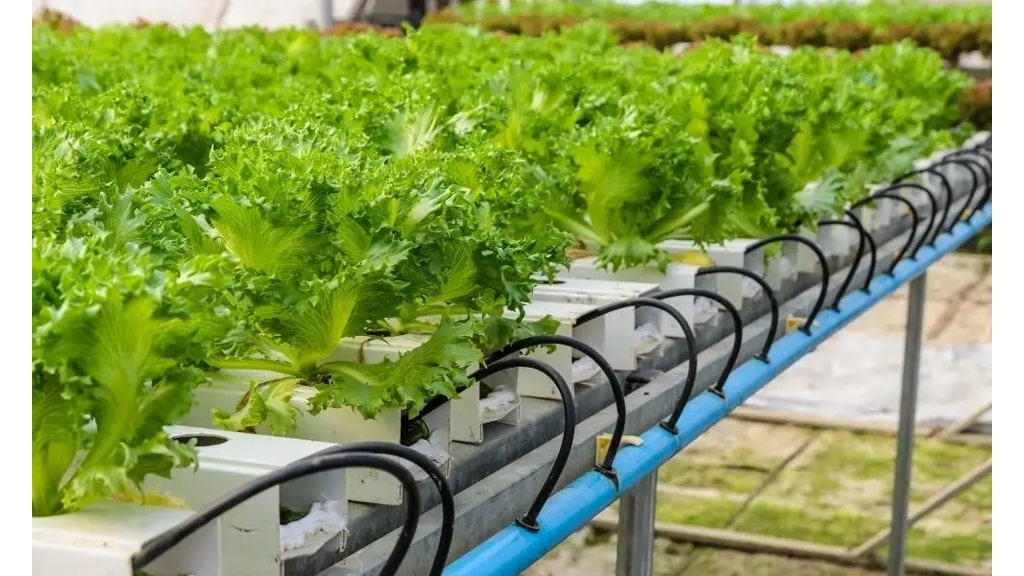
Leafy greens, friends, are stars in this setup. We're talking about your favourite salad ingredients:
- Lettuce: Butterhead or Romaine, you can't go wrong. They grow quickly and don't demand much space – perfect for ebb and flow.
- Spinach: This iron-packed powerhouse germinates well and reaches harvest rapidly in our controlled conditions.
- Kale: Tough on the outside, packed with nutrients, and, wouldn't you know it, pretty easy-going when it comes to hydroponics.
Next up, herbs! You'll soon be seasoning your dishes with the freshest flavours:
- Basil
- Mint
- Coriander
They all respond splendidly to the ebb and flow's gentle touch.
What about something a bit more substantial? Say hello to:
- Tomatoes: Especially the cherry types, which yield bunches of sweet, juicy fruits in a hydroponic dance.
- Peppers: Both sweet and spicy types are right at home, blooming with zest in ebb and flow systems.
For a pop of colour and sweetness, strawberries absolutely flourish when coddled by this hydroponic method.
In summary, whether you're a fan of greens, seeking fresh herbs, or dreaming of home-grown strawberries, an ebb-and-flow system is your versatile hydroponic pal. Keep it simple, give your plants what they crave, and we'll all be munching on bountiful harvests in no time!
Conclusion
As we've explored earlier, ebb and flow systems are among the very best for both beginners and seasoned hobbyists. These systems are great for their flexibility for various plant types, efficiency in nutrient delivery, and ability to provide ample oxygenation.
Let's not forget, that if we're talking indoor growing, space can often be at a premium. The adaptable design of ebb and flow systems allows us to make the most of our available square footage. Here's a quick rundown of why it's a hit:
- Simple Set-Up: You don't need to be a tech wizard to get started.
- Versatility: Whether you're into herbs, leafy greens, or even flowers, ebb and flow has you covered.
- Plant Health: Alternating cycles of flooding and draining reduce common issues like root rot.
Sure, we might run into some small hiccups, like ensuring consistent water levels or managing nutrient solutions, but that's part of the learning curve, and quite frankly, it's manageable.
In summary, our journey with ebb and flow hydroponics offers a satisfying blend of control and automated care. It's a system that forgives the odd rookie mistake and, with a bit of practice, blossoms into a dependable ally for your indoor growing adventures.
Let's plant the seed of this thought – with ebb and flow hydroponics, we're not just cultivating plants, but we're also cultivating our green thumbs. And with this guide in hand, we're well on our way to harvesting the fruits (or vegetables) of our labour.







 Store Locator
Store Locator
